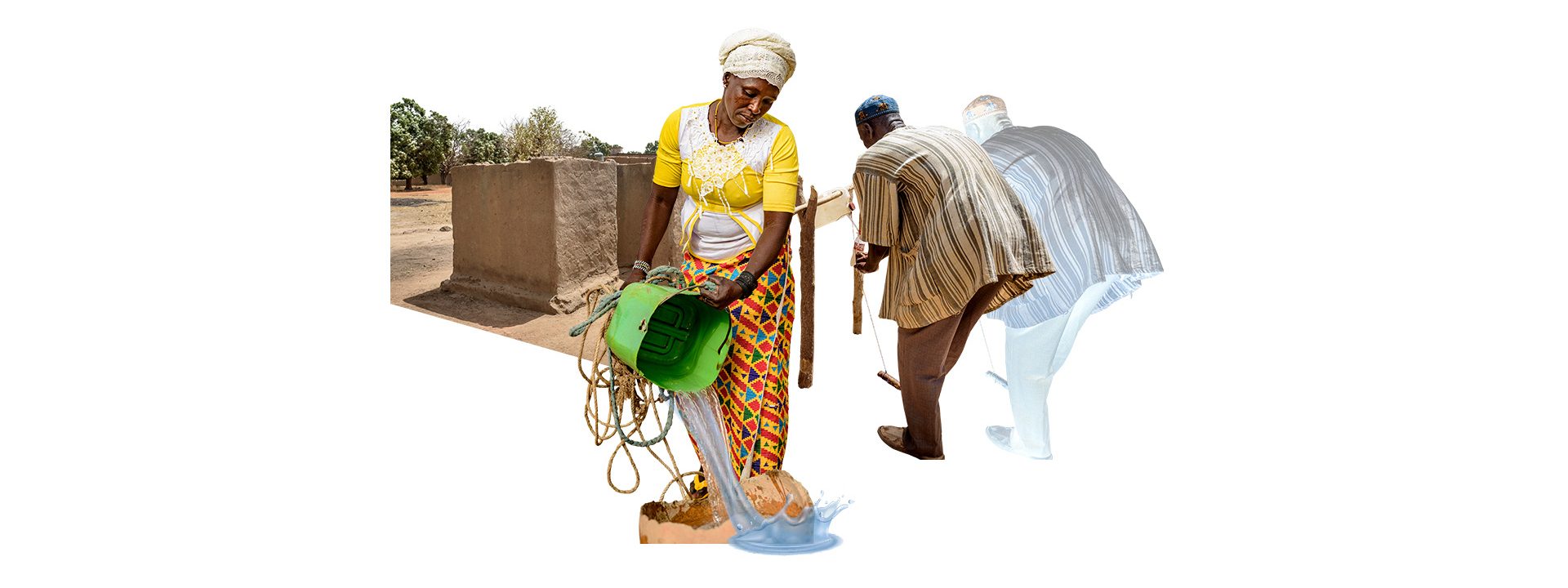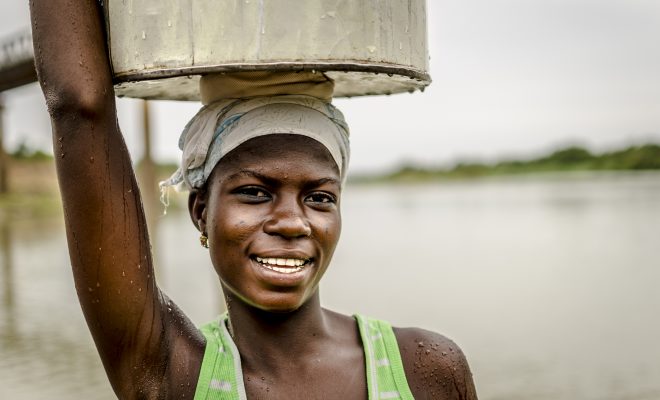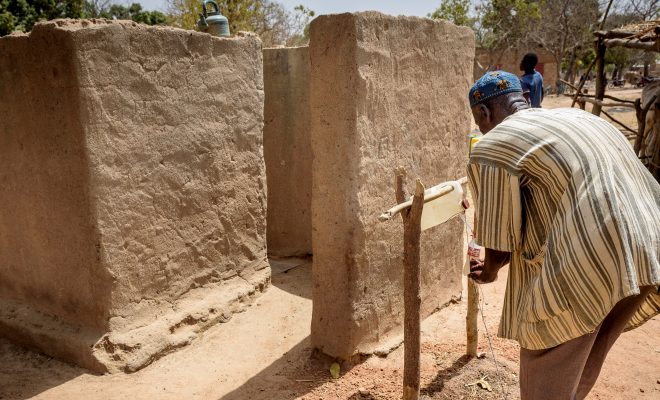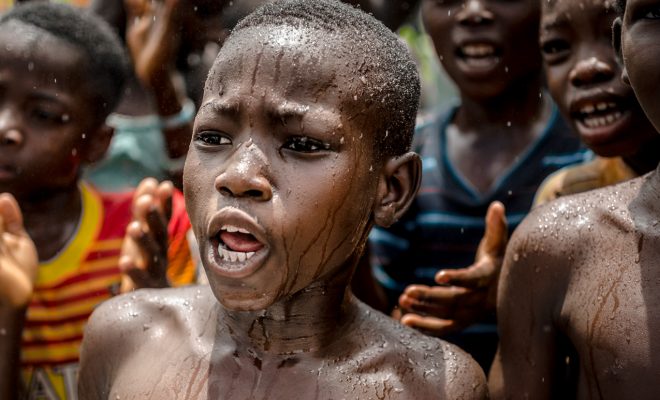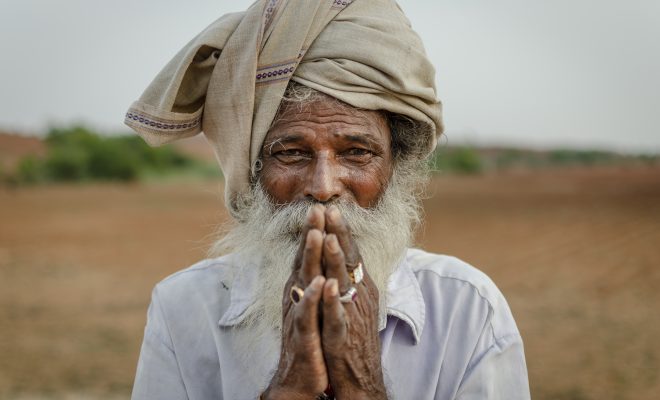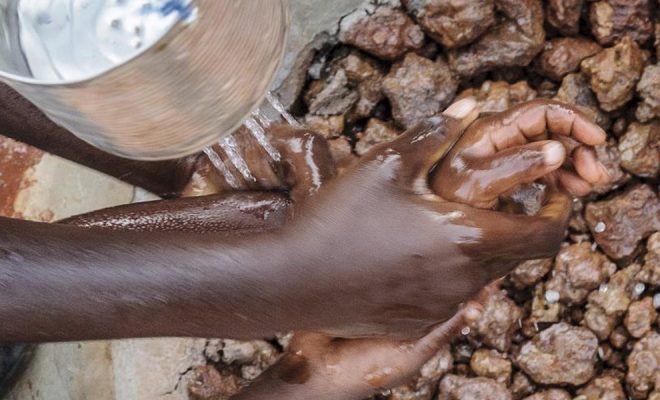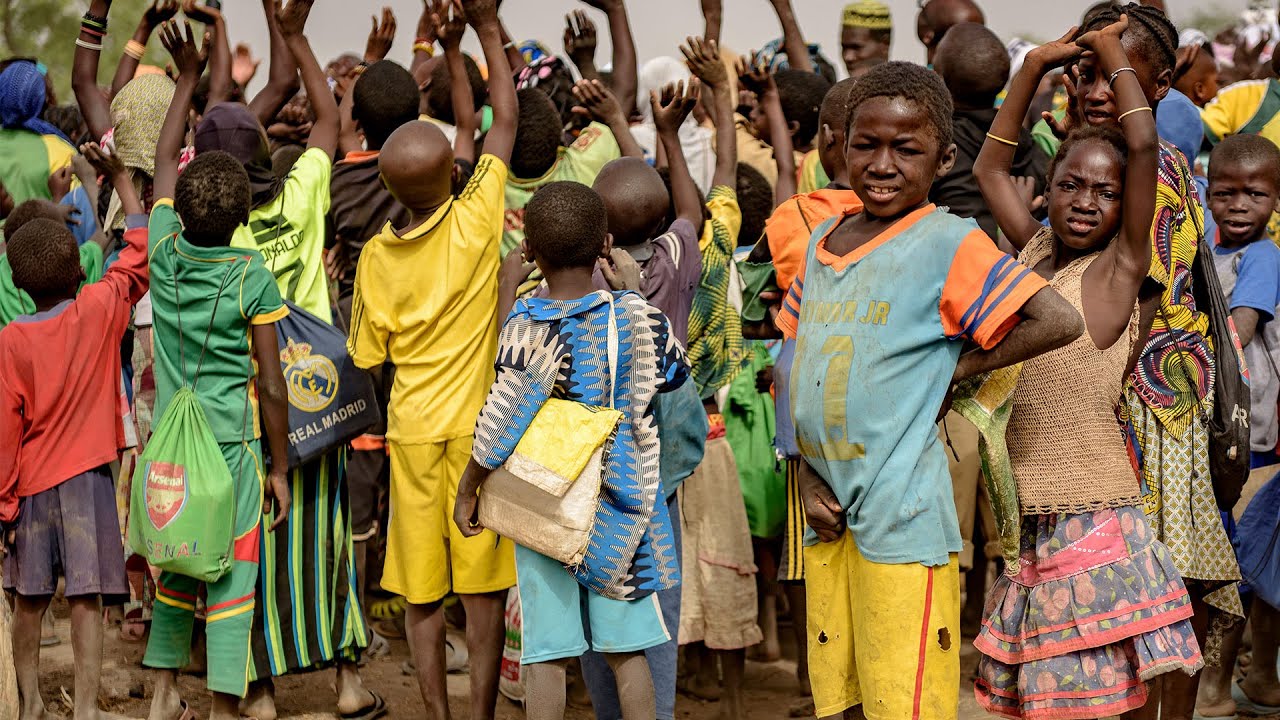
When 189 countries signed the United Nations Millennium Declaration in September 2000, they agreed to halve extreme poverty and hunger, promote gender equality and reduce child mortality by 2015. These were the Millennium Development Goals (MDGs), which had little impact on the media. The result was very unequal; they were successful in halving hunger and extreme poverty, but they were far from improving the access to water and sanitation all around the world.
In January 2016, the MDGs were replaced by the new Agenda 2030 for Sustainable Development. After an unprecedented global consultative process of more than 3 years, 193 member states set out to build a more sustainable world in which environmental sustainability, social inclusion and economic development would be equally valued. The 17 Sustainable Development Goals (SDGs) saw the light of day with far greater consensus and popularity than the MDGs. Among them, water and sanitation had a specific goal, the SDG 6.
We are now five years into the Agenda 2030 and nine years remain to achieve it. Progress remains uneven and factors have emerged that force a rethinking of the SDGs, such as the urgent acceleration of the fight against climate change and the Covid-19 pandemic. While the effects of the pandemic seem to have opened up an opportunity to change some aspects in the economic structure of industrialized countries, boosting the investments in green economy, they have generally increased uncertainty in countries with poorer economies. Progress in access to water and especially in sanitation has been slowed in Southeast Asia regions and even reversed in sub-Saharan Africa, as can be seen in UN Water indicator 6.2.1a.
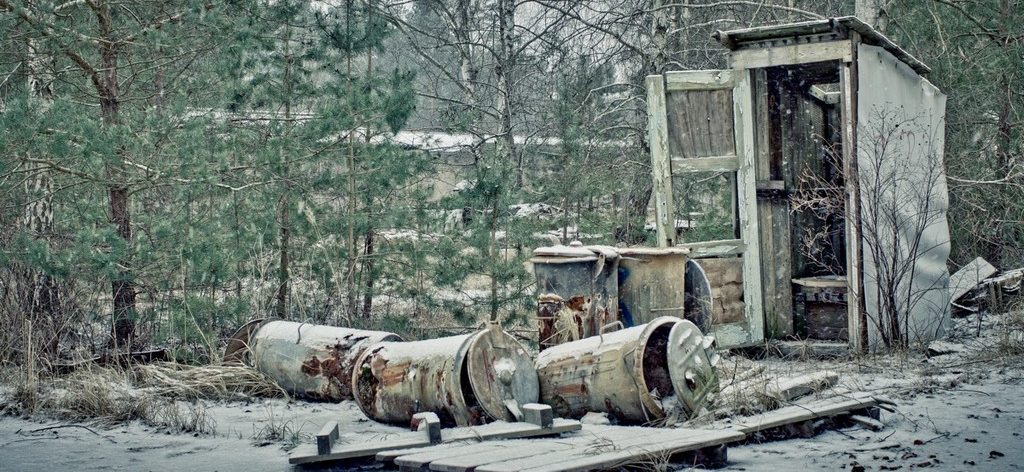
On World Toilet Day (19th November) the UN is redoubling its efforts to correct this trend and alerts that the basic element of sanitation a safely functioning toilet that guarantees healthiness for its users. © Jonas Ginter
Universal sanitation is still a long way off for the poorest
On World Toilet Day (19th November) the UN is redoubling its efforts to correct this trend and alerts that the basic element of sanitation, a safely functioning toilet that guarantees healthiness for its users, still does not exist for 3.6 billion people. The figures provided by the World Bank on sanitation in general continue to warn of the magnitude of the problem: 2.4 billion people lack access to improved services and, among them, around 670 million practice open defecation. The worst direct consequence of this deficiency is that 1.8 billion people use drinking water sources that are contaminated with fecal matter, one of the main causes of the death of some 1,000 children every day worldwide from diarrheal diseases. This scourge is endemic among 70% of the population of sub-Saharan Africa and 53% in South Asia, mainly in India and Indonesia.
On the other hand, the coronavirus pandemic has revealed that some 3 billion people, 40% of the world’s population, lack basic hand-washing facilities with soap and water in their homes, and UNICEF warns that in the least developed countries this proportion rises to 75%.
These numbers are outrageous and worrying. In the poorest countries, the attainment of universal sanitation is an essential condition to eradicate poverty or, at the very least, to halt the humanitarian degradation of slums in cities and open defecation in rural areas. SDG 6 is still a long way off.
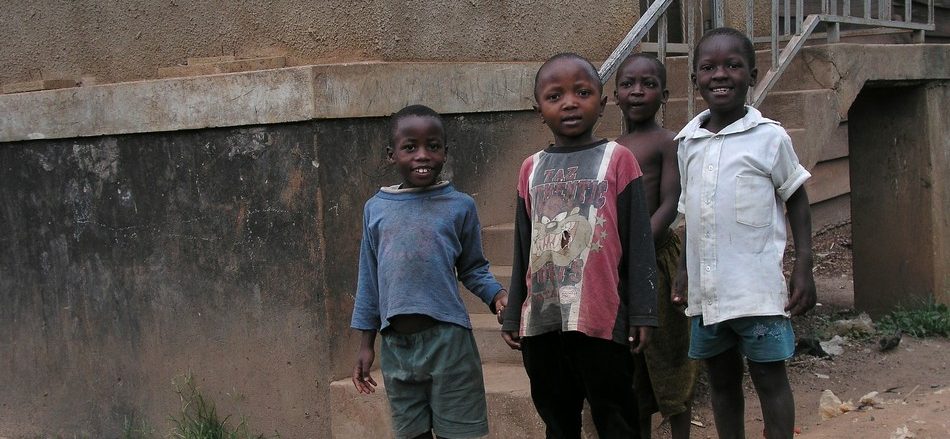
In the poorest countries, the attainment of universal sanitation is an essential condition to eradicate poverty.© Arne Hoel / World Bank
11 years of projects that are considered a benchmark
Since our inception in 2010, at the Foundation we have been aware of the close link between the access to water and sanitation and that, without achieving both, the fair and sustainable development of peoples is impossible. This experience provides us with a benchmark to continue moving forward. Beyond political and economic neglect, the attainment of the SDG 6 depends on profound socio-cultural factors that, if not taken into account, obscure the effectiveness of the aid that can be provided. We have seen this in each of our 69 projects in 26 countries, which have helped more than 1.8 million people, more than 1 million of whom have benefitted specifically from sanitation and hygiene facilities.
Recently, following the outbreak of the Covid-19 pandemic, we helped to fight the scourge of open defecation in Madagascar, Indonesia and Burkina Faso, an essential step to strengthen the resilience of communities. Our experience in Burkina Faso, one of the poorest countries in the world, has been especially enriching, as we have been able to eradicate open defecation in the Sissili province, collaborating with UNICEF in the implementation of CLTS, a methodology based on the fact that the communities themselves decide to build their own latrines, thus guaranteeing their maintenance and sustainability.
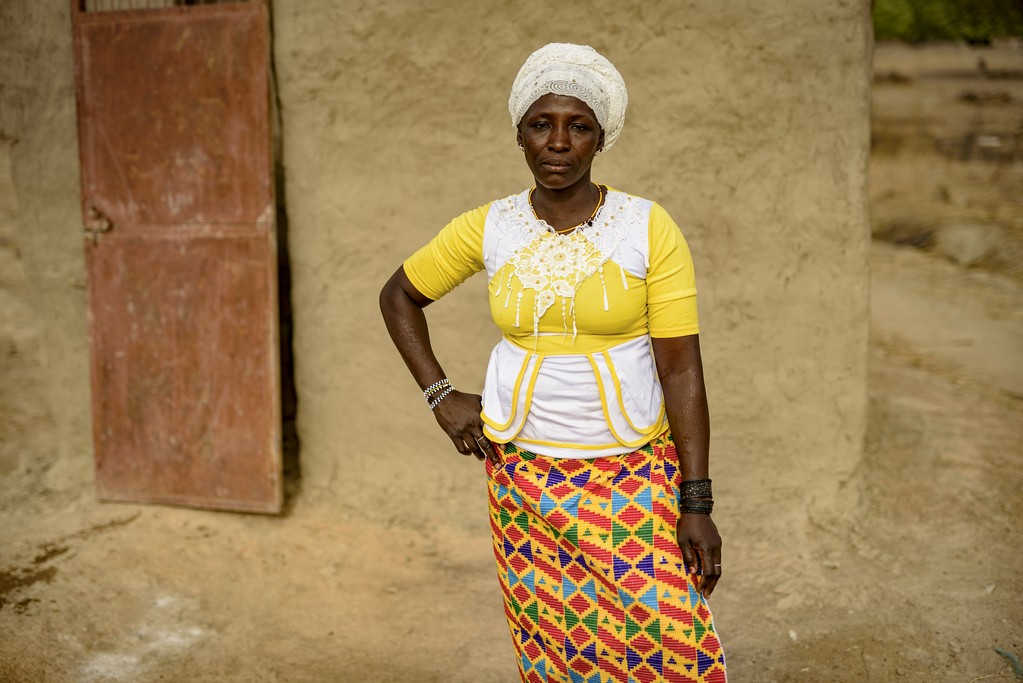
Recently, following the outbreak of the Covid-19 pandemic, we helped to fight the scourge of open defecation in Madagascar, Indonesia and Burkina Faso, an essential step to strengthen the resilience of communities. © Carlos Garriga/ We Are Water Foundation
Our experience has confirmed the importance of the cross-cutting participation of the entire community in defining the problem, designing and building the latrines and maintaining them. Since November 2017, when we started the first project in the Central West region, until August 2021, when we ended the second phase of the project, the experience has allowed us to establish the guidelines to be followed in the future by the Burkinabe government to free the rest of the country of a scourge that affects human and economic development.
One of the guidelines being followed is the Manual for the construction of latrines and wells, a document that compiles the experience accumulated in our sanitation projects all around the world and whose standards are supported by the Ministry of Health of Burkina Faso, as well as by regional technicians, communities and collaborating institutions.
In these 19 months of pandemic, water, sanitation and hygiene have been vital to prevent the infection. Not everyone has had access to them and even today large pockets of the population are still unaware of the practice of hand washing due to the lack of water, soap and adequate facilities.
We have seen the health damage and psychological devastation caused by the lack of facilities, which force people to migrate due to poverty, violence or drought in border areas of Mexico, Mali and Brazil. The pandemic has also put terrible pressure on hospitals, such as the one in Chengalpattu, in India, one of the epicenters of the crisis caused by the pandemic and where sanitation facilities are not connected to a sewage network. There we have collaborated in the installation of DEWATS (Decentralized Wastewater Treatment System) and in training hospital staff in its use.
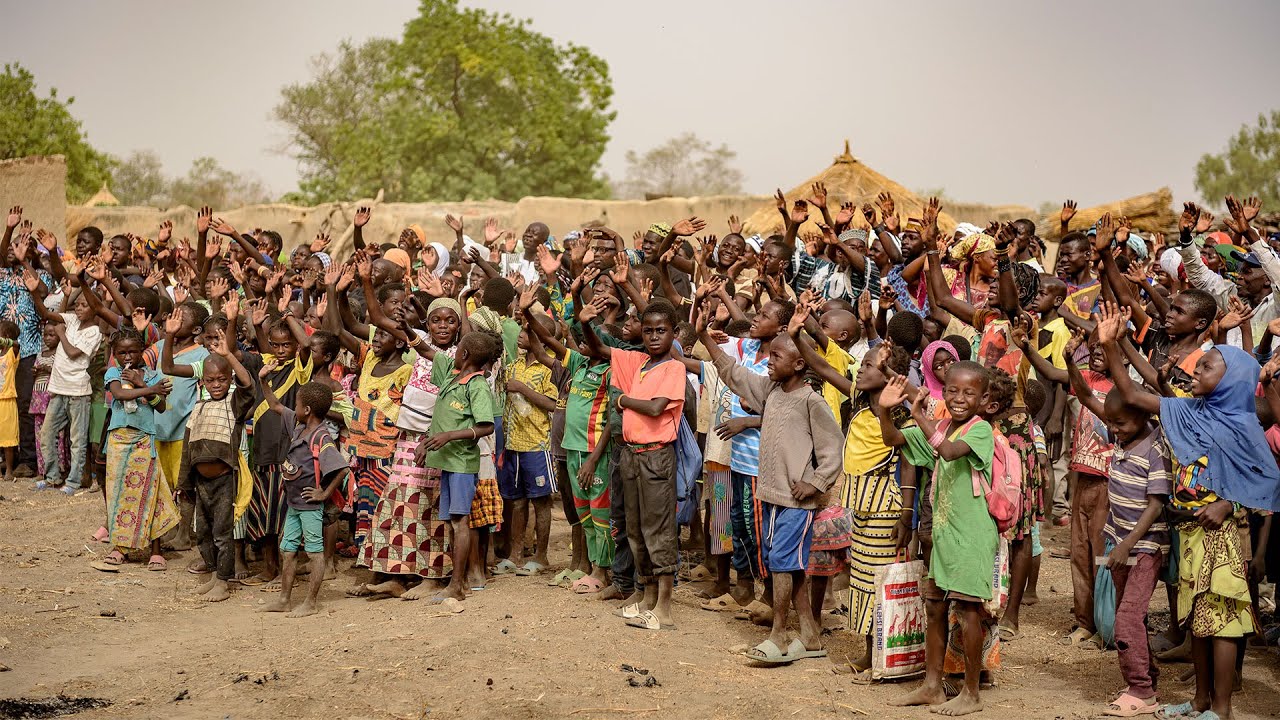
In Burkina Faso, Sissili province is free of open defecation. The goal is for the whole country to be free.
The lack of adequate, safe and gender-segregated latrines is a plight for schoolchildren, a group doubly affected by the pandemic due to the closure of educational centers and the endemic lack of drinking water in the most neglected areas. During the most acute period of the pandemic we have collaborated with specific initiatives in schools in Morocco, Nicaragua and India, benefitting more than 205,000 schoolchildren and teachers.
Valuing toilets, who will invest?
This year the theme of World Toilet Day, “Valuing toilets”, draws attention to the fact that toilets and the sanitation systems that fund them are underfunded, poorly managed or neglected in many parts of the world and this has devastating consequences for many areas, particularly in the poorest and most marginalized communities.
In 2016, when United Nations designed the Agenda 2030, one of the documents taken into consideration was a study conducted by the World Bank, UNICEF and the WHO that estimated that providing basic water and sanitation services to underserved deprived populations would require an investment of about USD 28.4 billion until 2030. It also specified that failure to invest in water and sanitation has a negative economic impact that amounts to 4.3% of the GDP in sub-Saharan Africa and 6.4% in India.
At the last World Water Week (WWW) held in Stockholm in August, researchers of the World Resources Institute (WRI) commented the results of one of their 2020 studies in which they calculated that investing 1% of the GDP would solve global water and sanitation problems. This is equivalent to 29 US cents per person per day until 2030, an amount that would be affordable assuming it were distributed proportionally to the per capita income of the Earth’s inhabitants.
But how can we achieve an equitable distribution of aid? The study also reveals the existing gap in the world. The United States, which is in the group of 75 countries that would require an investment of less than 2% of its GDP to achieve the sustainable management of water, would only need to invest 0.78% every year to solve all its water problems. According to the WRI, the 17 countries that would need to invest more than 8%, something unfeasible for their weak economies, have a very different situation.
The need for external investment is evident and that is surely the key to attain SDG 6. The good news is that increasingly more companies invest in disadvantaged groups in Latin America and Africa; the bad news, according to UN, is that this is not being done at the right pace.
While developed countries face the advances in sanitation from the “water 4.0” perspective, with the clear aim of joining the circular economy to stop environmental damage and control emerging pollutants, for the poorest countries having a simple toilet for their inhabitants seems a distant dream; for them it is an unavoidable need to eradicate poverty and curb the health degradation in city slums and open defecation in rural areas. The technological gap prevents the achievement of universal sanitation. Investments must travel south.


